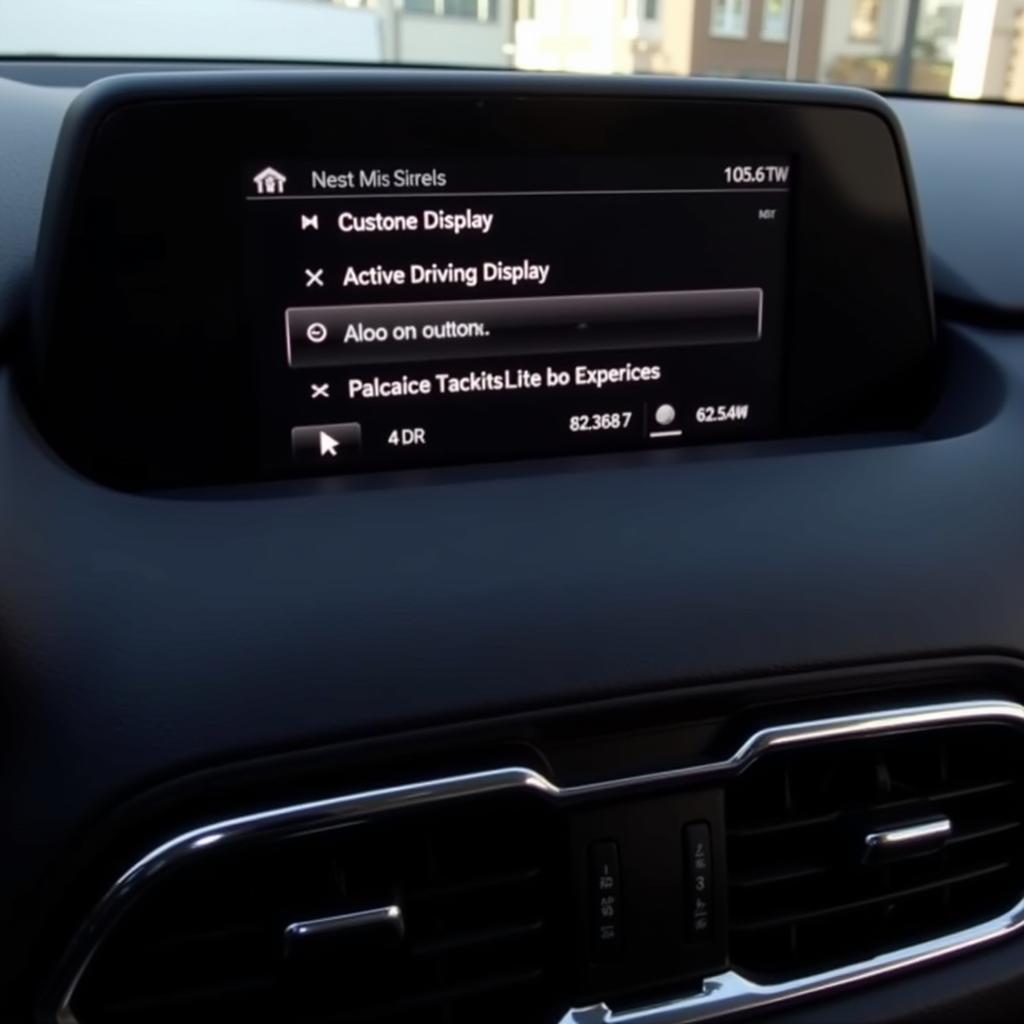The Jaguar X-Type is a stylish and sporty sedan known for its luxurious features and powerful engine. However, like any other vehicle, it can experience mechanical problems, and one common issue is the brake warning light illuminating on the dashboard. This light can be a source of concern, but it doesn’t necessarily mean a catastrophic failure. This guide will explore the potential causes of a Jaguar X-Type brake warning light, how to diagnose the problem, and potential solutions to get you back on the road safely.
Common Causes of a Jaguar X-Type Brake Warning Light
Several reasons can trigger the brake warning light in a Jaguar X-Type. Here are some of the most common:
1. Low Brake Fluid Level
The brake system relies on hydraulic pressure to engage the brakes. Brake fluid acts as the medium for transmitting this pressure. When the brake fluid level falls below a certain point, the sensor in the master cylinder will activate the warning light.
2. Worn Brake Pads or Rotors
As brake pads wear down, the distance between the pad and rotor decreases. This reduced distance triggers a sensor in the brake caliper to activate the warning light. Similarly, if the rotors are worn, warped, or damaged, it can also lead to the brake warning light coming on.
3. Faulty Brake Light Switch
The brake light switch is responsible for activating the brake lights when the brake pedal is pressed. If this switch malfunctions, it can prevent the brake lights from working properly and activate the brake warning light.
4. Electronic Brake System Malfunction
The Jaguar X-Type’s electronic brake system (ABS) uses sensors to monitor wheel speed and brake pressure. If any of these sensors fail or the ABS control module itself malfunctions, it can activate the brake warning light.
Diagnosing the Brake Warning Light
Determining the cause of the brake warning light in your Jaguar X-Type requires a thorough inspection. Here’s a step-by-step process:
-
Check the Brake Fluid Level: Open the hood of your Jaguar and locate the master cylinder reservoir. The level should be between the minimum and maximum markings. If the fluid level is low, top it off with the correct type of brake fluid.
-
Inspect Brake Pads and Rotors: Use a flashlight to check the brake pads on all four wheels. If the pads are worn down to the wear indicator, they need to be replaced. Also, inspect the rotors for any signs of wear, warping, or damage.
-
Test the Brake Light Switch: With the engine off, press the brake pedal. Check if the brake lights are illuminated. If not, there might be a problem with the brake light switch.
-
Check for Electronic Brake System Errors: If you have access to a diagnostic tool, you can scan the electronic brake system for error codes. This can provide valuable insight into any specific issues within the ABS or electronic brake control system.
Solutions to the Brake Warning Light
Once you’ve identified the cause of the brake warning light, you can take the appropriate steps to resolve the issue:
1. Refill Brake Fluid
If the low brake fluid level is the problem, simply topping up the reservoir with the correct type of brake fluid should resolve the issue. However, keep in mind that a low brake fluid level might indicate a leak, which requires further investigation.
2. Replace Brake Pads or Rotors
If the brake pads or rotors are worn or damaged, they need to be replaced. A qualified mechanic can safely and correctly replace these components.
3. Replace the Brake Light Switch
If the brake light switch is faulty, it needs to be replaced. This is a relatively simple procedure that can be done by a mechanic or an experienced DIYer.
4. Repair or Replace Electronic Brake System Components
If the ABS sensors or the ABS control module are malfunctioning, a mechanic will need to diagnose and repair or replace the faulty components.
“The Brake Warning Light Should Never Be Ignored” – Jane Doe, Certified Automotive Technician
It’s crucial to address the brake warning light promptly as it indicates a potential safety hazard. Ignoring the warning can lead to reduced braking performance and even complete brake failure, resulting in serious accidents.
FAQ
Q: Why does my Jaguar X-Type brake warning light come on randomly?
A: If the brake warning light comes on intermittently, it’s likely an electrical issue, such as a faulty sensor or wiring problem. A diagnostic tool can help pinpoint the specific cause.
Q: Can I drive my Jaguar X-Type with the brake warning light on?
A: It’s best to avoid driving with the brake warning light on as it indicates a potential brake system issue. While your brakes might still work, you may experience reduced braking performance or a complete brake failure.
Q: Is it safe to drive with worn brake pads?
A: Worn brake pads can lead to longer stopping distances, increased wear on the rotors, and even brake failure. Replace worn brake pads as soon as possible.
Q: How often should I check my brake fluid level?
A: It’s recommended to check your brake fluid level at least once a month. If you notice a significant decrease in fluid level, it could indicate a leak.
Q: Can I reset the brake pad warning light myself?
A: In some cases, you can reset the brake pad warning light yourself using a diagnostic tool or by following specific steps outlined in your Jaguar’s owner’s manual. However, if you’re unsure how to reset the light, it’s best to consult a qualified mechanic.



